Screens, the beauty of ancient charm that cannot be separated
Screens are a kind of furniture used to block wind inside buildings in ancient times. They are also called "screens for the wind". As an important part of traditional furniture, screens have a long history. Screens are usually displayed in prominent positions in the room to play the role of separation, beautification, wind blocking, and coordination. They complement each other with classical furniture and become an inseparable whole of Chinese home decoration, presenting a harmonious and tranquil beauty.
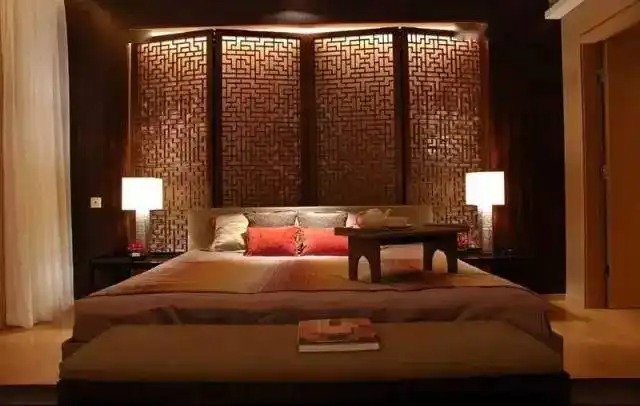
A screen, "a screen for the wind", is a kind of device used to block the wind inside buildings in ancient times.
As an important part of traditional furniture, screens have a long history. In the Zhou Dynasty, screens appeared as tools exclusively used by the emperor, and were a symbol of fame and power. After continuous evolution, the uses of screens have continued to increase, including windproof, partition, and concealment. They have also become important decorations for embellishing the environment and beautifying the space. They have been passed down to this day and have evolved into a variety of forms.
Ancient houses were mostly constructed of earth and wood, unlike modern reinforced concrete houses, which are solid and dense. So in order to block the wind, the kings and nobles first brought screens from the palace to the people, "to block the wind."
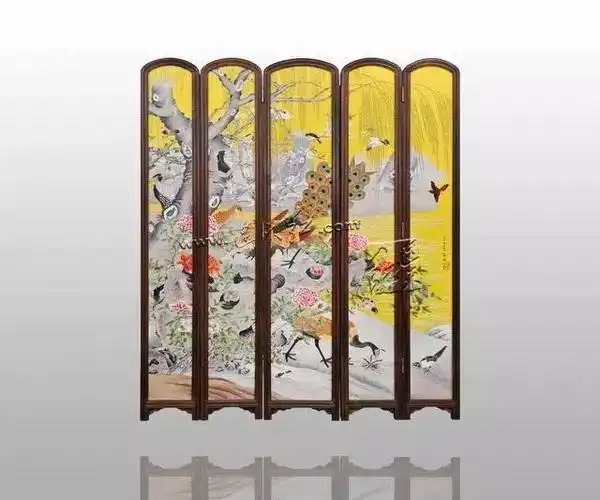
Screens are usually displayed in a prominent position in the room. They complement each other and are integrated with classical furniture, presenting a tranquil, simple and peaceful beauty. Screens combine practicality and appreciation. They have both practical value and are a manifestation of aesthetics. They are handicrafts with traditional Chinese characteristics.
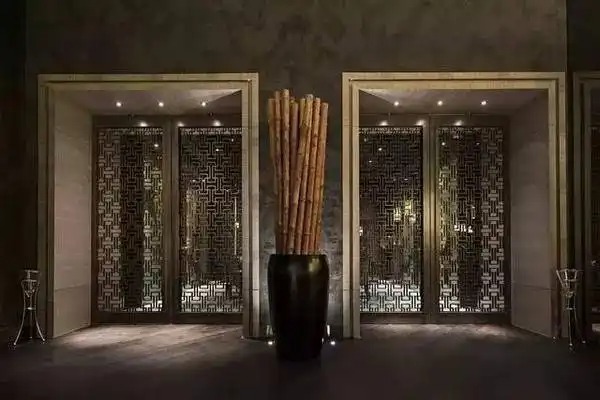
Anything that can be passed down among the people embodies the wisdom of the working people. The forms of screens have gradually increased, from the original single-leaf screen to a curved screen composed of multiple panels, which can be stacked and opened and closed. The popularization of papermaking has also made screens more suitable for the needs of the general public, thus replacing the single structure of painted and lacquered wooden board screens before the Han Dynasty.
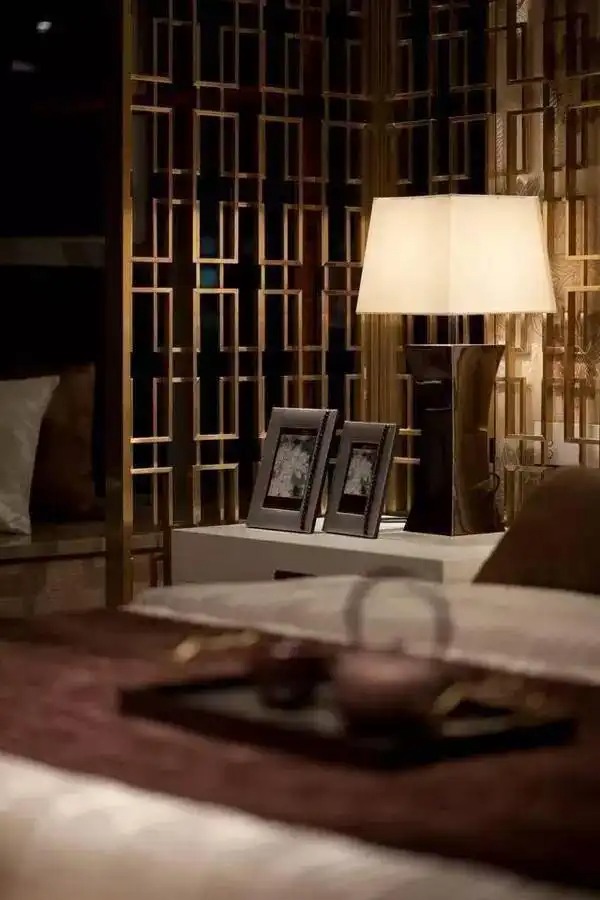
The application of decorative art to screens is a necessary trend. The nobles used mica, crystal, glass and other materials, inlaid with ivory, jade, enamel, jadeite, gold and silver and other precious items to make luxurious screens. However, most of the screens made by the people advocate practicality and simplicity.
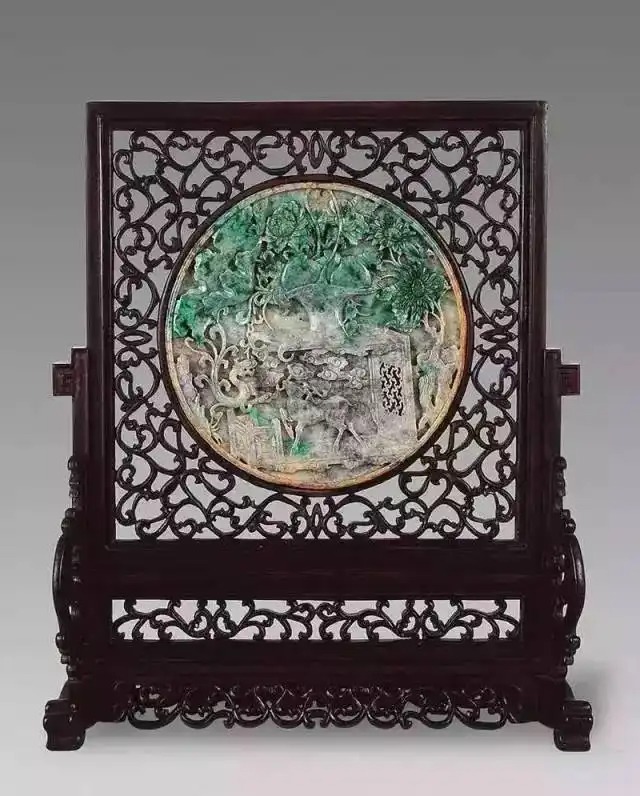
In ancient times, the screens of the kings and nobles were made with great care. They not only used mica, crystal, and colored glass as basic materials, but also used ivory, jade, enamel, jadeite, gold, silver and other precious items in the inlay process. It was truly "extremely luxurious". However, the production of folk screens mostly advocated practicality and simplicity. Bai Juyi once wrote "Song of Plain Screens": "There are seal characters of Li Yangbing, handwriting of Zhang Xu, flowers and birds of Bian Luan, pine and stone of Zhang Zao in this world. I will not allow you to add a single stroke on them, I want you to keep them authentic and completely white." This is enough to show his admiration for plain screens.
In the Wei and Jin Dynasties, it was very popular to display plain screens. Bai Juyi, a Tang Dynasty poet, wrote in his "Su Ping Yao": "There are Li Yangbing's seal characters, Zhang Xu's handwriting, Bian Luan's flowers and birds, Zhang Zao's pine and stone. I will not allow you to add a single stroke to them, I want you to keep them authentic and completely white." This shows his admiration for plain screens.
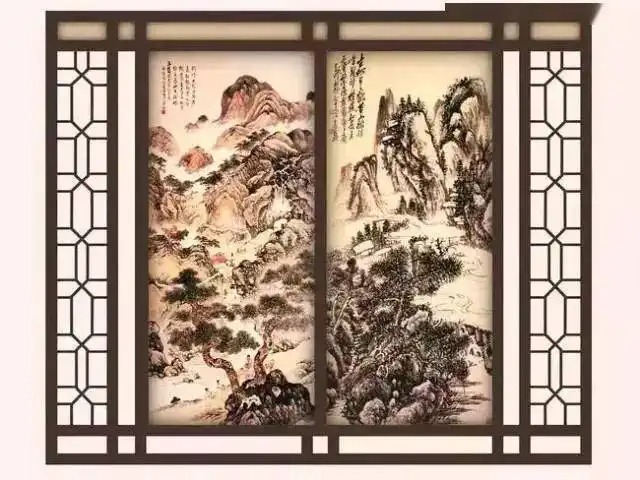
There are many forms of screens, mainly including inserted screens (also called standing screens), folding screens (also called curved screens), hanging screens, kang screens, table screens (also called inkstone screens). If classified by material, there are even more, such as jade screens, carved screens, glazed screens, mica screens, silk screens, calligraphy and painting screens, and so on.
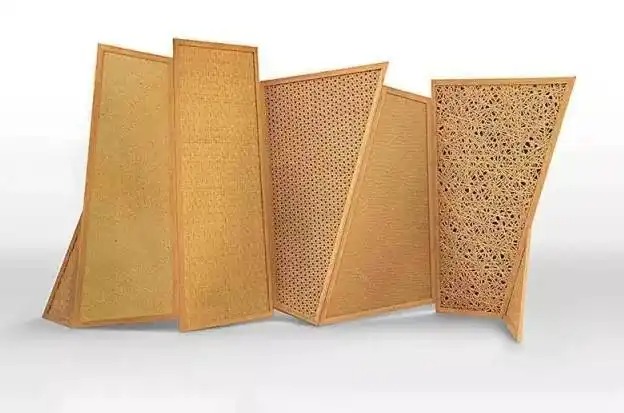
Like fans, anything related to "going with the wind" is always labeled "elegant" by Confucian scholars, and must become an elegant object. The "Xijing Miscellaneous Records" of the Han Dynasty recorded that "Zhao Hede had a wooden painted screen in the Zhaoyang Palace", making the screen the first example of combining art and practicality. Fang Xuanling, the prime minister of the Tang Dynasty, "collected ancient and modern family admonitions on the screen". ("Book of Tang")
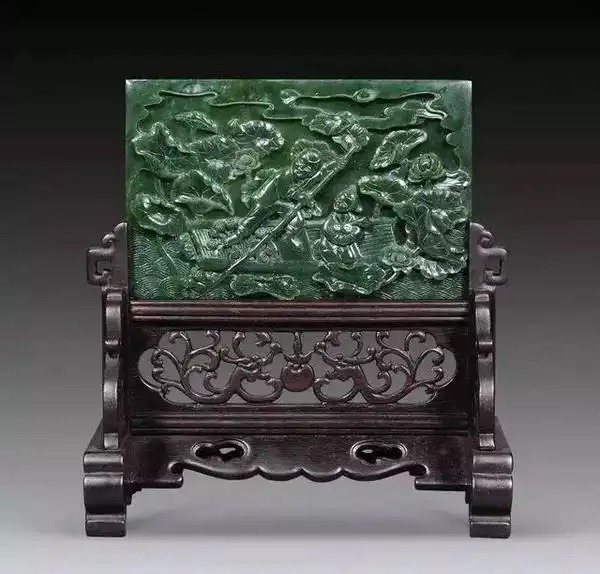
Screens made with different craftsmanship have their own merits. The jade inlaid ones have clear layers and are exquisitely carved; the gold lacquer and painted ones are brightly colored and as brilliant as brocade; the carved and filled gold ones have smooth lines and are magnificent; the carved gray and smooth colored ones have sharp edges and a rich aura.
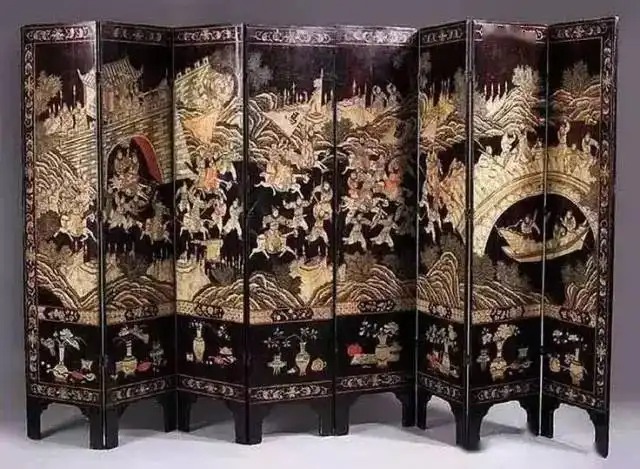
In the famous work "Night Revels of Han Xizai" by Gu Hongzhong of the Southern Tang Dynasty in the Five Dynasties, the several large screens in the mansion of Han Xizai, a "powerful family", are particularly eye-catching. The landscape painting screens should be the most elegant and prestigious symbol of that era.

But no matter which one you choose, the simple art of the screen combined with the fashionable home aesthetics will create a beauty that will surely touch people's hearts. We can not only appreciate the traditional aesthetic taste of Chinese home in the screen culture, but also feel a different philosophy of life and humanistic feelings.
Folding screen
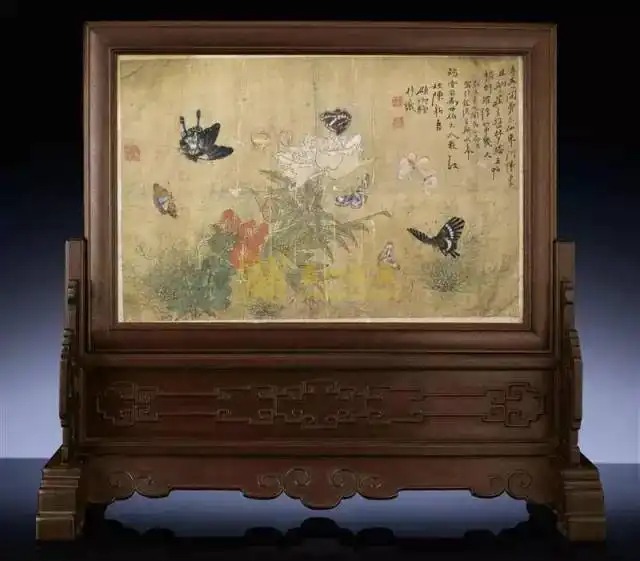
In the process of development, screens became important furniture and decorations in ancient living rooms. Their shapes, patterns and texts contain a large amount of cultural information, which not only express the elegant tastes of literati and scholars, but also contain the profound connotation of people's prayers for blessings and good fortune.
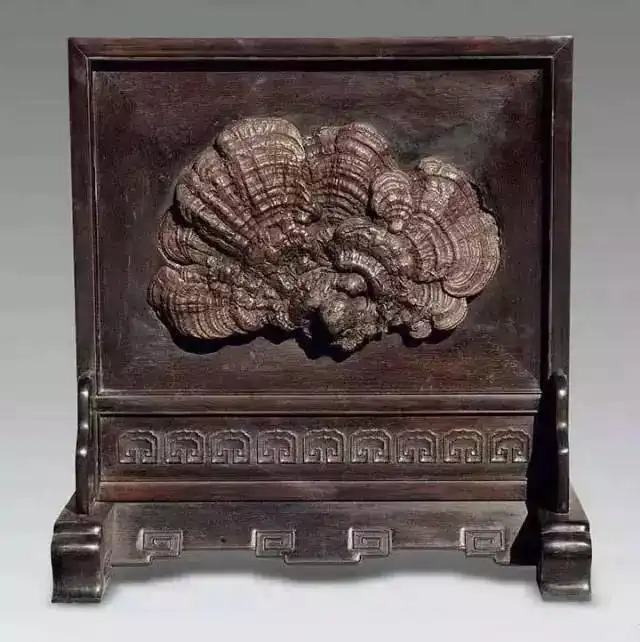
A red sandalwood screen inlaid with treasures and antiques from the Republic of China
After the Ming Dynasty, hanging screens appeared, which had exceeded the practicality of screens and became pure decorations. At this time, calligraphy and painting also borrowed the coherent characteristics of the original multi-panel screens and became strip screens in calligraphy and painting art.
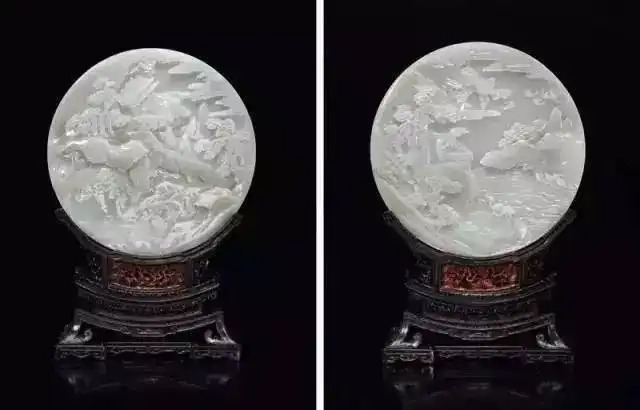
A round jade screen with a pattern of immortals wishing a happy birthday.
The folding screen consists of two parts: the insert screen and the base. The insert screen can be installed or removed, with a hardwood frame and a screen core in the middle. Most of the screen cores are decorated with lacquer carving, inlay, velvet embroidery, painting, embroidery, glass decoration, etc. The base plays a stabilizing role, with the columns tightening the insert screen, the teeth stabilizing the columns, and the cross seat bearing the insert screen. The folding screen is divided into single-panel (insert screen style), three-panel (mountain-shaped style) and five-panel according to the number of insert screens.
Folding screen
Today, screens have also acquired a modern look, integrating the expression of modern art, and have a unique and elegant side.
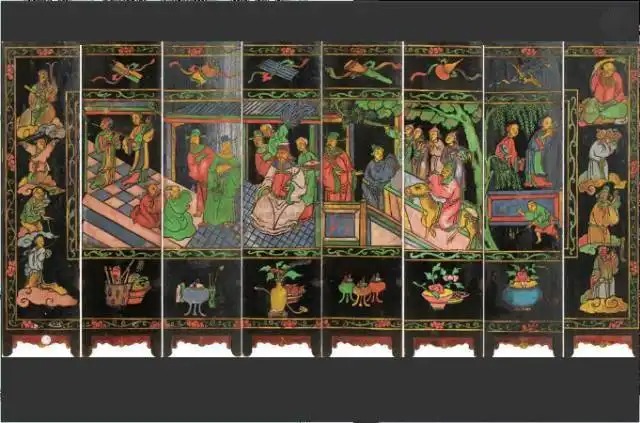
Today's screens have been separated from practicality and exist as an art form. They play a role in embellishing the environment and beautifying the room.
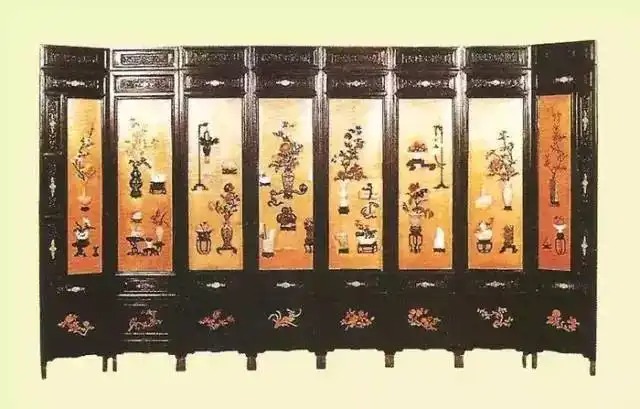
Qing Dynasty Rosewood Inlaid Eight Treasures Eight-panel Folding Screen
Screens are usually placed in prominent positions in the room, playing the role of separation, beautification, windproof, coordination, etc. It complements the classical furniture and becomes an inseparable whole of home decoration, presenting a harmonious and peaceful beauty. The word "screen" makes people feel very poetic, it creates a peaceful space that seems to be separated but not separated, and seems to be broken but not broken.
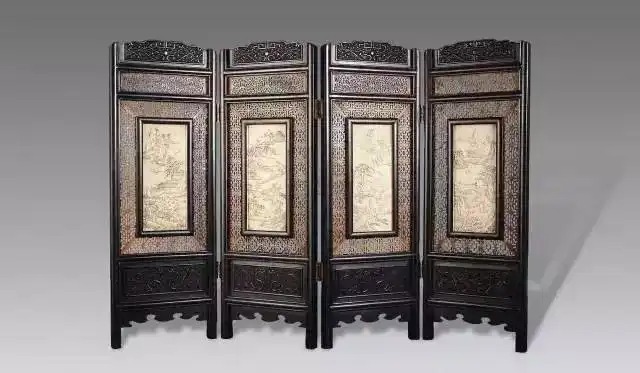
Qing Dynasty Rosewood Inlaid Ivory Screen
Folding screens need to be folded into a zigzag shape when placed, also known as "enclosed screens" or "curved screens". They are composed of an even number of screen panels and can be folded. Generally, there are 4, 6, 8 panels, and up to 12 panels. In order to stand stably, the panels are usually placed on the ground in a zigzag shape. Enclosed screens are composed of a screen frame and a screen core. There are also plate-shaped enclosed screens without a screen frame, and each panel is connected by a screen hinge.
Hanging screen
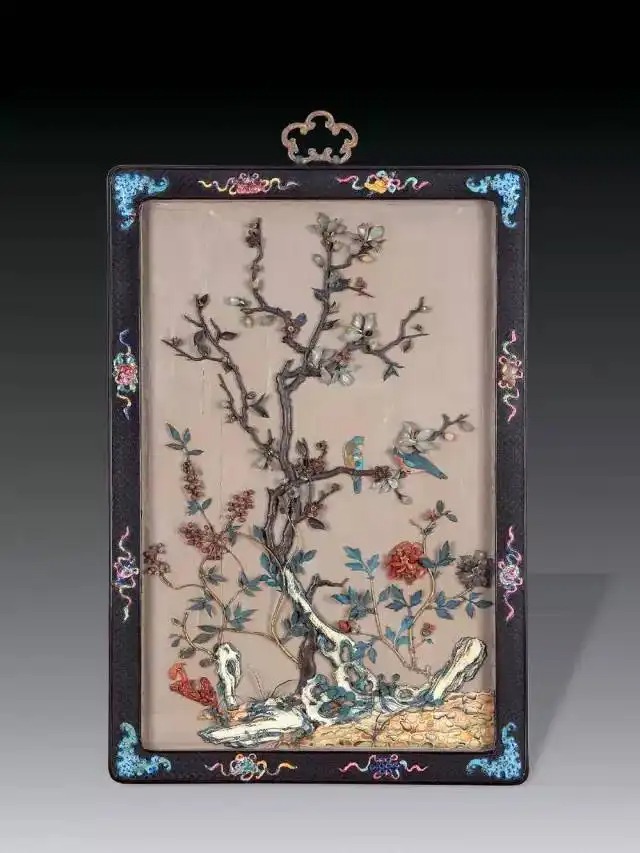
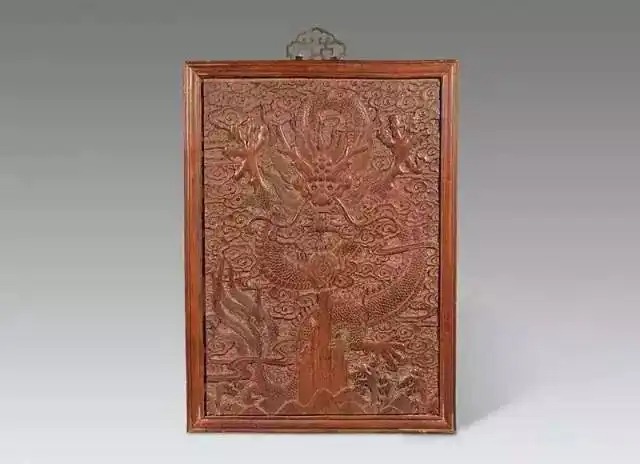
Qing Dynasty woodcarving dragon pattern hanging screen
In recent years, there has been a nostalgic trend in the home furnishing circle, and screens have attracted the attention and love of the fashion home furnishing industry all over the world. The cultural heritage it presents and the leisurely and quiet atmosphere it creates are exactly the state that can make people feel cozy and comfortable in their home life.
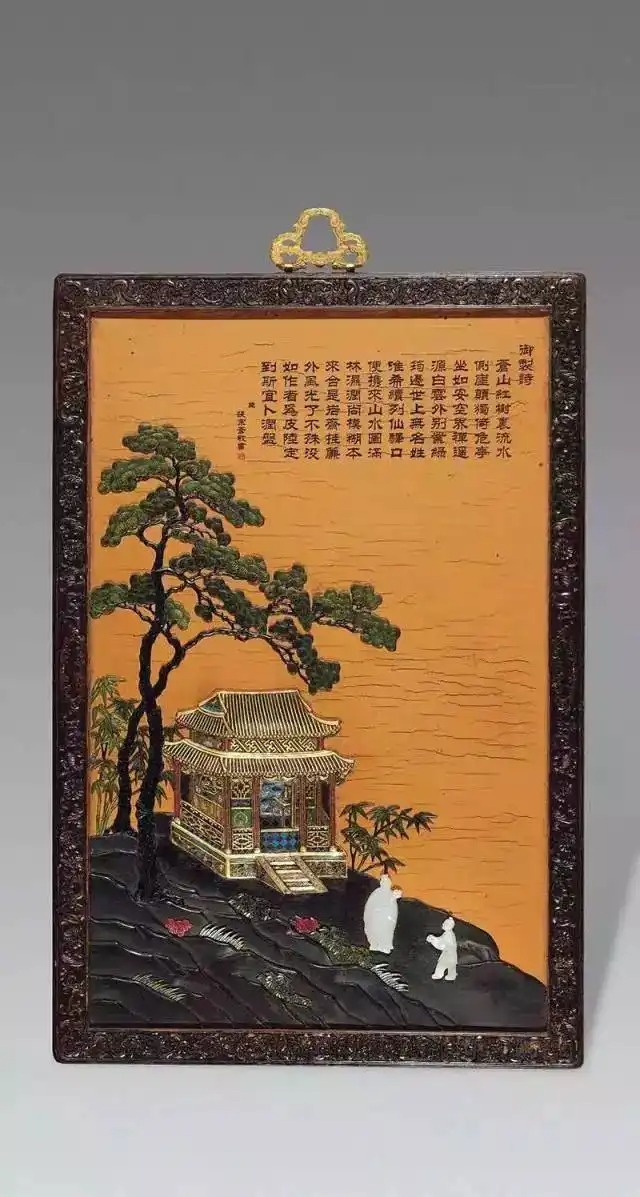
Qing Dynasty Rosewood Frame Lacquer Floor Pavilion Figures Poetry Hanging Screen
"Silver candles, autumn light, and cold painted screens, while light silk fans chase fireflies." In the poems of Tang Dynasty poet Du Mu, in the cozy environment of silver candles, autumn light, and painted screens, the scene of women in the deep palace waving light silk fans and chasing fireflies at night becomes a poetic picture.
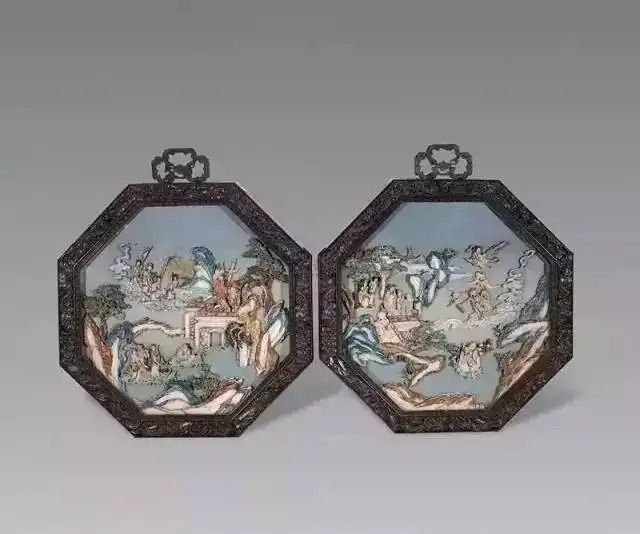
Qing Dynasty Rosewood Inlaid Ivory Dyed Hanging Screen with Immortals Celebrating Birthday
Placing a huge hand-embroidered screen at home has become a symbol of luxury and elegance, and it can create an elegant and leisurely atmosphere. The Shu embroidery screen can be freely placed beside the bed, in the living room and other spaces, separating but not leaving, with outstanding decorative effects. The subtle and graceful hand-embroidered screen adds a bit of poetic beauty.
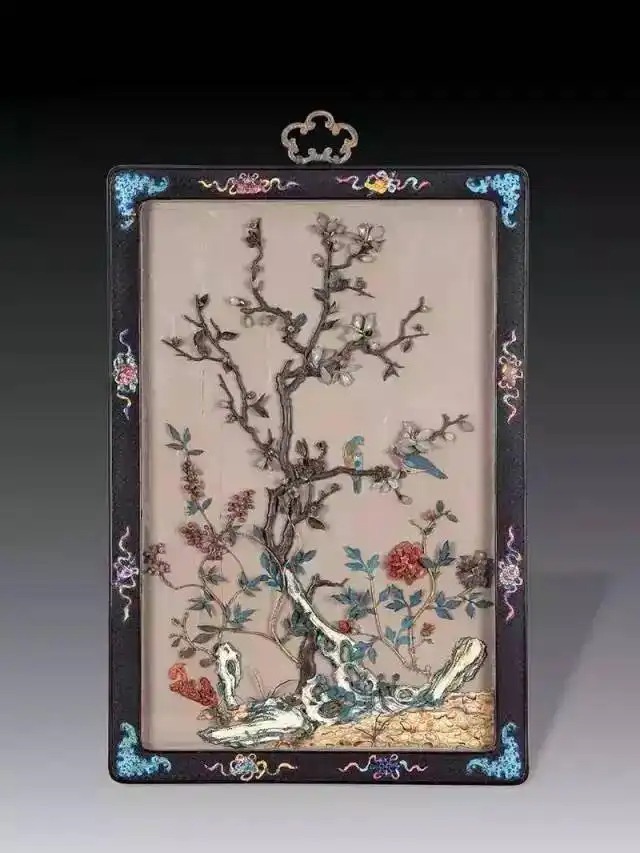
Qing Dynasty Qianlong Red Sandalwood Inlaid Treasures Hanging Screen
Hanging screen refers to a screen strip attached to a framed wooden board or embedded in a picture frame for hanging. Hanging screens appeared in the early Qing Dynasty and were mostly hung on the wall instead of scrolls, becoming a purely decorative category. They are generally used in pairs or sets, such as a set of four panels is called a four-panel screen, a set of eight panels is called an eight-panel screen, and there are also screens with a central hall in the middle and two panels on each side. Before the Ming Dynasty, screens tended to be practical, mainly used for shielding and temporary partitions, and most of them were grounded.
Kang screen
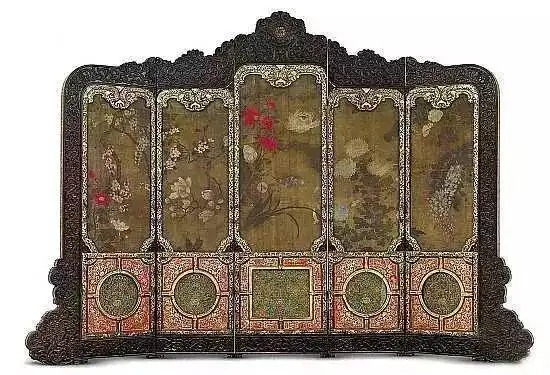
Qing Yongzheng Black Lacquer Gold Pasted Chicken Wing Wood Glass Kang Screen
A decorative screen placed on the kang. Chapter 6 of A Dream of Red Mansions: "Last time, my uncle's wife gave my aunt the glass kang screen. We are going to invite an important guest tomorrow. I borrowed it and put it up briefly before returning it."
Inkstone Screen
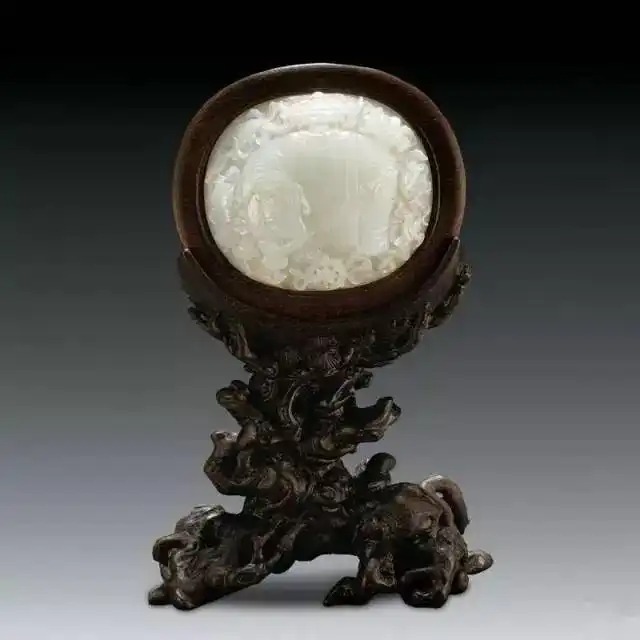
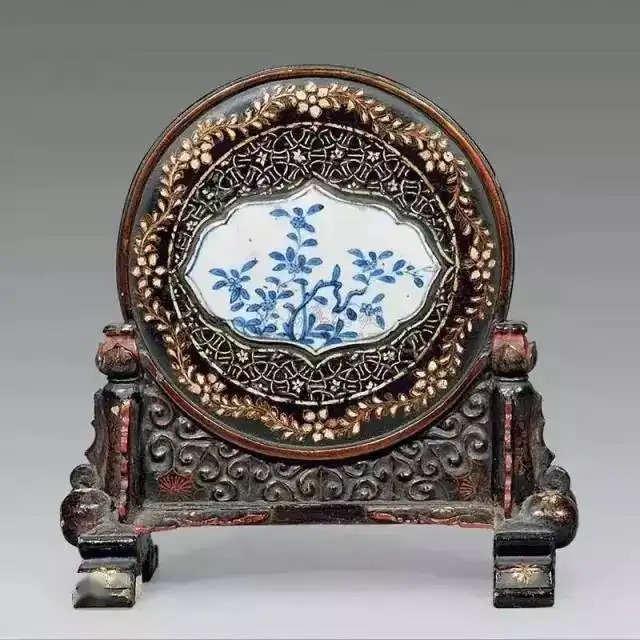
Blue and white inkstone screen with floral pattern

"Lotus All the Way" Inkstone Screen
Songhua Stone Carving of Qianlong Period of Qing Dynasty, Inkstone Screen with Poems and Inscriptions by the Emperor
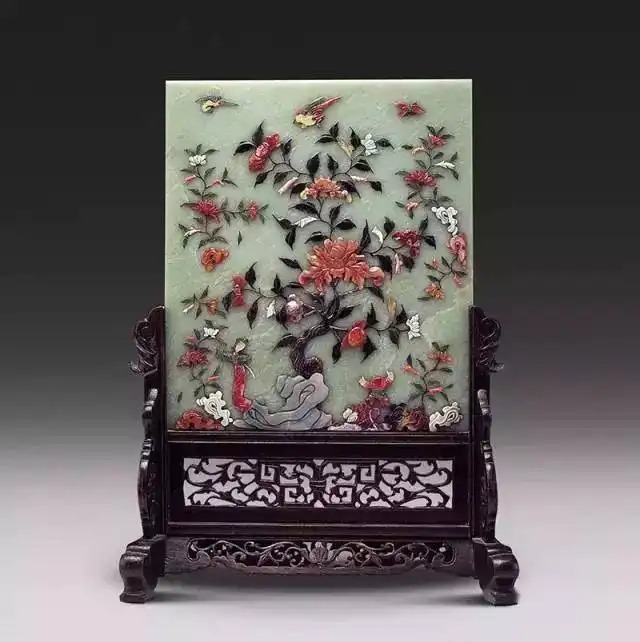
A Blue-white Jade Inlaid Inkstone Screen with Eight Treasures and Floral Designs
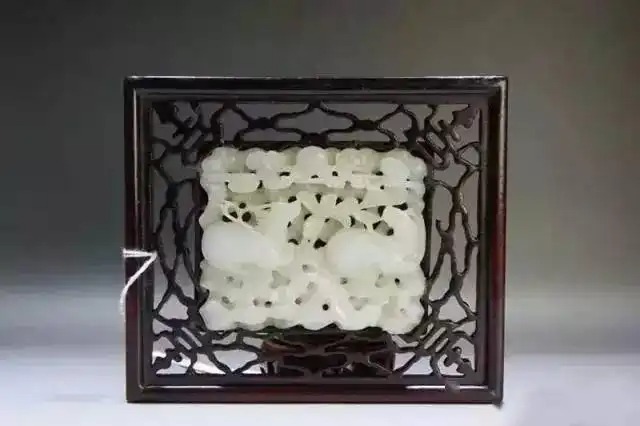
Hetian Jade Inkstone Screen with Two Deers
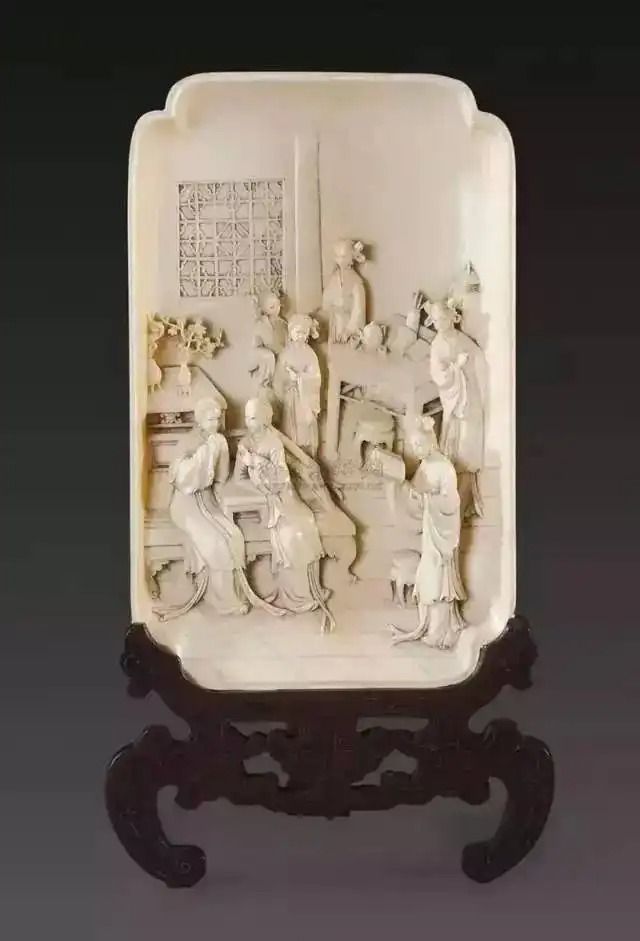
Ivory inkstone screen with figures
The pictures and texts are from the Internet. Sharing is the main purpose. If there is any infringement, please contact us to delete them!